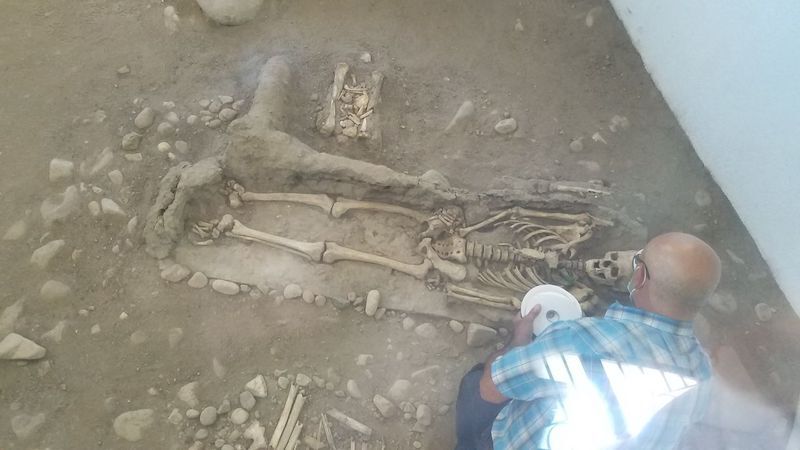
Padre Kino's crypt was recently opened as Catholics advance the case for his sainthood. | Diocese of Tucson/Facebook
Born in Italy in 1645, Padre Eusebio Francisco Kino was a 17th-century Jesuit priest who founded many missions in Arizona.
Padre Kino's crypt was opened approximately a week ago, more than 300 years after his death, in order to obtain third-class relics that will be attached to prayer cards and used to advance the cause for his canonization, a recent report on Tuscon.com said.
"On Wednesday, March 30, 311 years after his death, a special event took place at Padre Kino's gravesite in Magdalena de Kino, Sonora, Mexico," the report said. "Following his unexpected death on March 15, 1711, Padre Kino's remains were laid to rest under the floor of the Chapel that he had come to the village of Magdalena to dedicate."
After Pope Francis designated Padre Kino as "venerable" in 2020, Catholics in the Diocese of Tucson and members of the Kino Heritage Society wanted to find a way to spread more awareness about Kino, the report said. Catholic officials received permission to enter Kino's crypt and put a spool of ribbon on his remains. That ribbon is being cut up to be attached to prayer cards. The cards will be given to the faithful so they can pray for Padre Kino's intercession and advance the cause of his canonization.
Kino's legacy continues through the work of the Kino Border Initiative, which advocates and provides shelter for migrants; Rosie Garcia, president of the Kino Heritage Society, told Tucson.com. Kino's canonization process began in the 1960s. Pope Francis declared Kino "venerable" in 2020, a step closer to sainthood.
Spanish settlers were reported to have resented Kino for his work with Native Americans in the area and his defense of them, a report on Jesuits.org said. The settlers used native people for slave labor, forcing them to work in mines.
Bishop Thomas Olmsted, of the Diocese of Phoenix, described Padre Kino as a "foundational figure" in the history of the state of Arizona.






 Alerts Sign-up
Alerts Sign-up